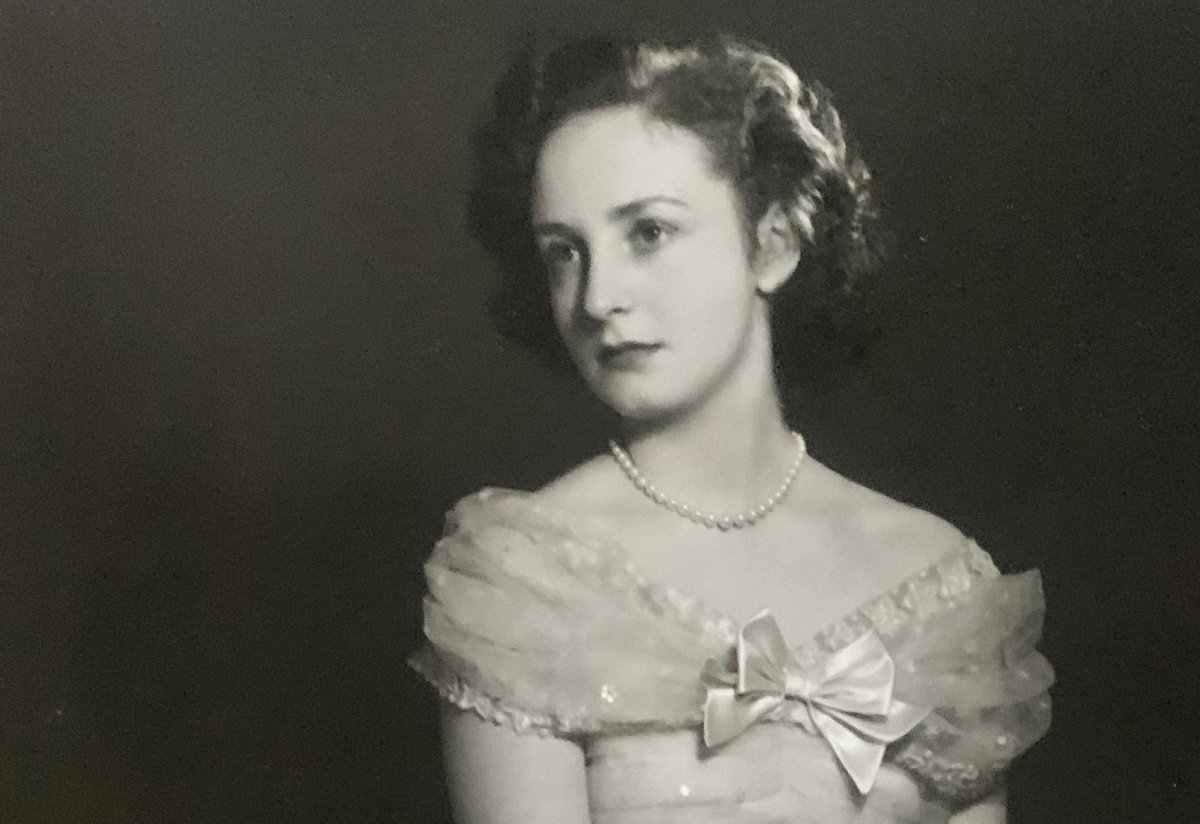
This summer, Christie’s will offer buyers a chance to own a special piece of one of the most sparkling events of the last century: the 1947 royal wedding of Princess Elizabeth and Lt. Philip Mountbatten. Today, we’ve got a closer look at the bridesmaid dress that belonged to one of the princess’s close childhood friends, Lady Elizabeth Lambart.
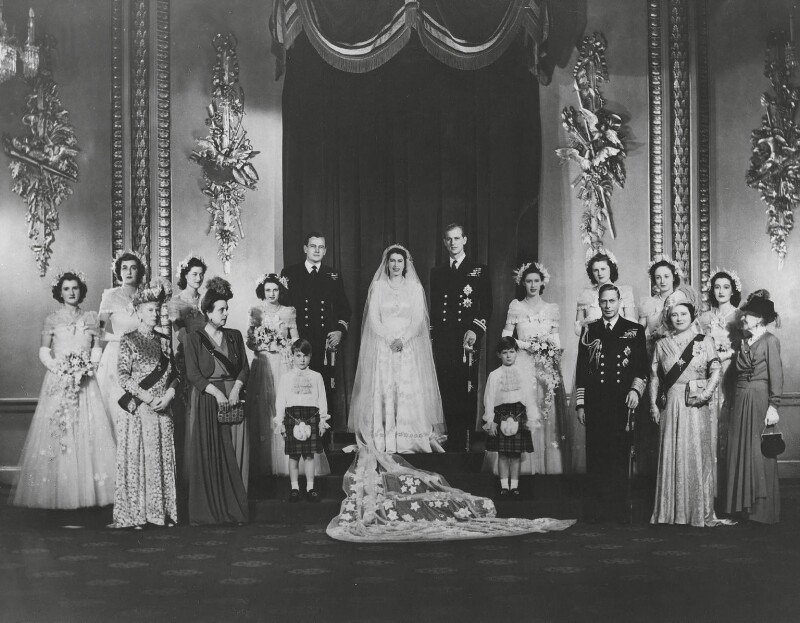
On November 20, 1947, the eyes of the world were on Westminster Abbey in London, where Princess Elizabeth married her Greek royal beau, Lieutenant Philip Mountbatten. Elizabeth would go on to reign as Queen Elizabeth II for seventy years, but on that day, she was simply a captivating princess bride in Queen Mary’s Fringe Tiara and a glamorous Norman Hartnell gown.
Hartnell had also been commissioned to design dresses for Elizabeth’s eight bridesmaids. The roster included several royal relatives as well as some close friends: Princess Margaret, Princess Alexandra, Lady Pamela Mountbatten, Lady Mary Cambridge, the Hon. Margaret Elphinstone, Diana Bowes-Lyon, Lady Caroline Montagu-Douglas-Scott, and Lady Elizabeth Lambart.
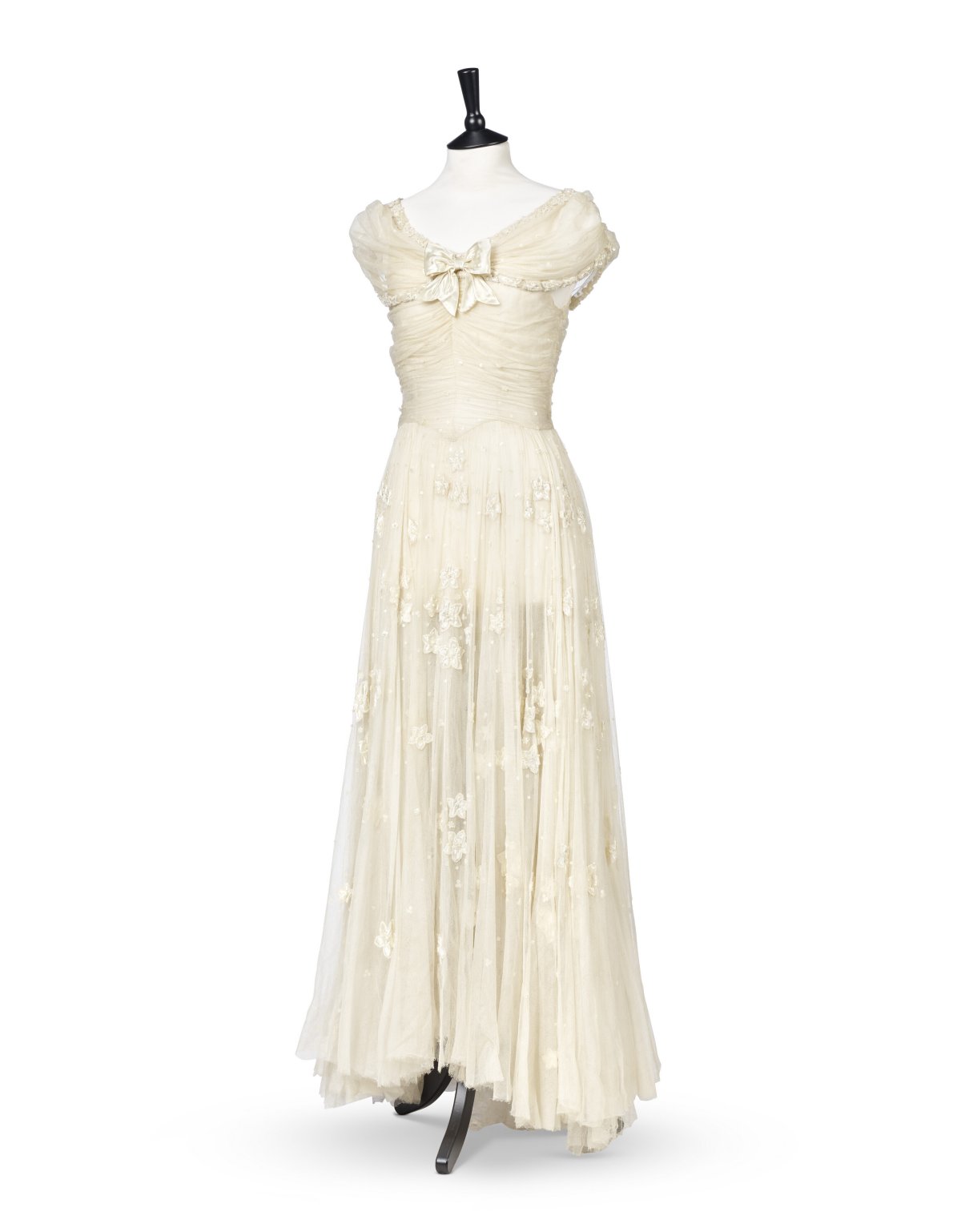
Hartnell’s studio produced ethereal gowns for all eight of the young ladies in the bridal party. One of the gowns, the one belonging to Lady Elizabeth Lambart, will be sold this July at Christie’s in London. The dress was previously loaned to the Fashion Museum in Bath.
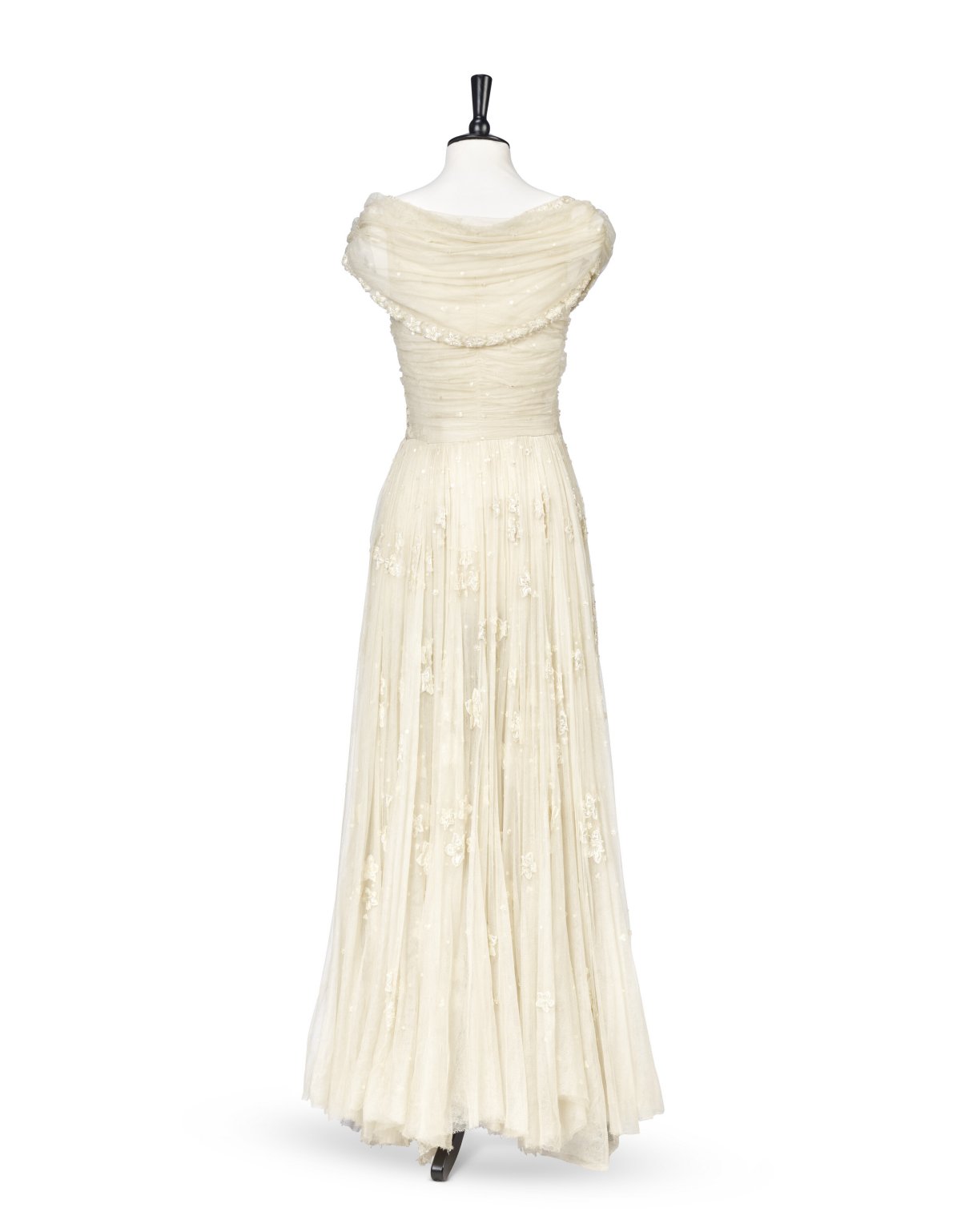
The press materials from Christie’s describe the inspiration behind the gowns: “These dresses, with their floral motifs, were designed to be symbolic of post-war British rebirth and growth and were inspired not only by Botticelli’s Primavera, now in the Uffizi, but also by the vivid fashions of high-Victorian Britain, the depictions of which Hartnell glimpsed while waiting for his first meeting to discuss the commission at Buckingham Palace, shown in the portraits of members of the Royal Family by Winterhalter and Hayter.”
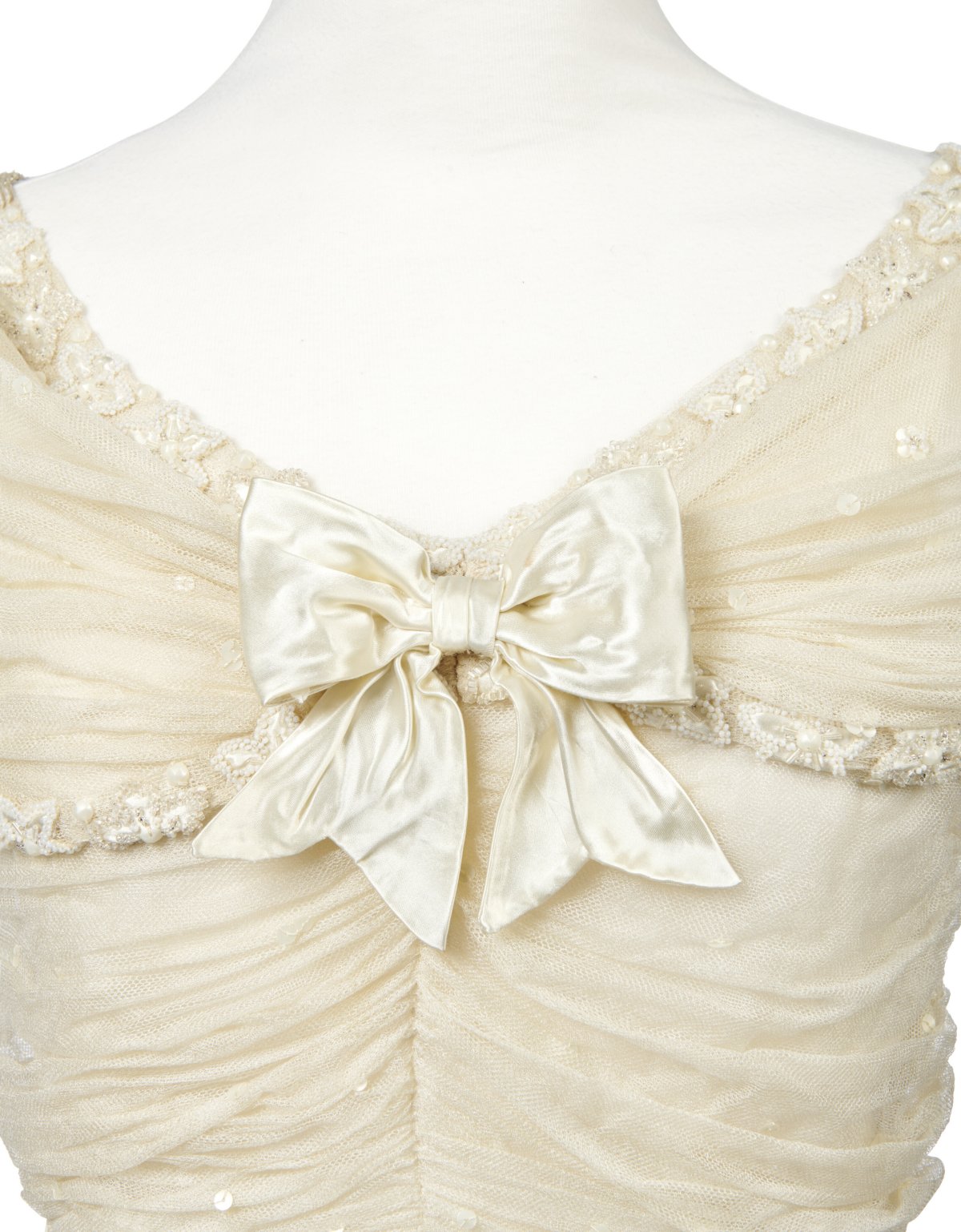
Christie’s has provided several press photos that give us a fabulous perspective on the design details of the dress. Here’s a closer look at the front of the bodice, with its beading and its central bow.
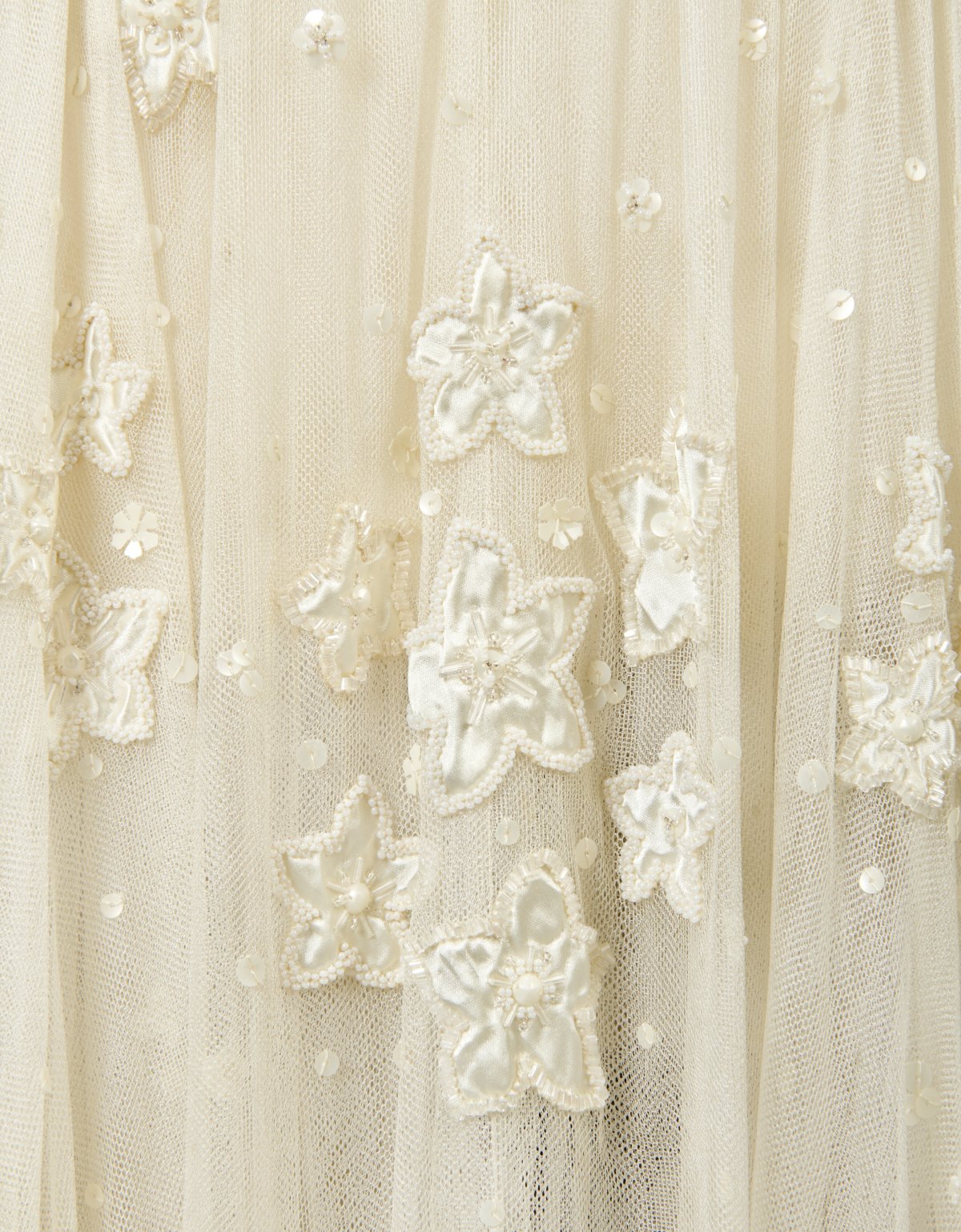
And here’s a look at the sequins and the floral appliqué work on the skirt of the dress. Look at the tiny little seed pearls incorporated into the embroidery!
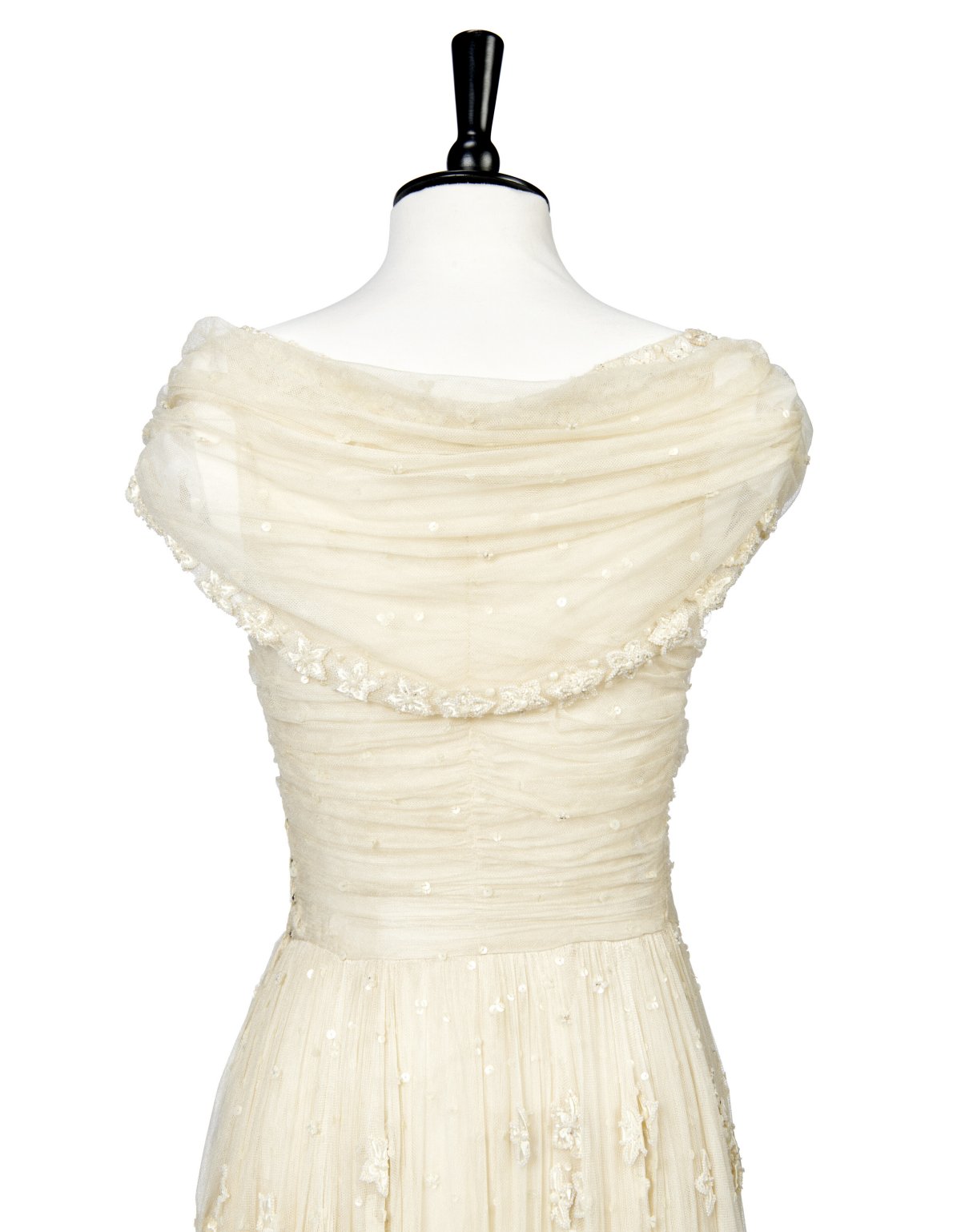
And here’s a view of the back of the bodice. Christie’s specialist Benedict Winter expressed the auction house’s excitement over the coming sale: “Christie’s is privileged to be offering this evocative and rare example of royal fashion history. This beautiful dress epitomises the glamour of Norman Hartnell’s commissions and the hope that the late Queen and the Duke of Edinburgh’s wedding gave to post-war Britain.”

This gorgeous photograph shows Lady Elizabeth Lambart on the left as the bridal party hurries to wave farewell to Elizabeth and Philip as they leave Buckingham Palace en route to Waterloo Station to begin their honeymoon. Even in black and white, the bridesmaid gowns really do seem to glow from within.
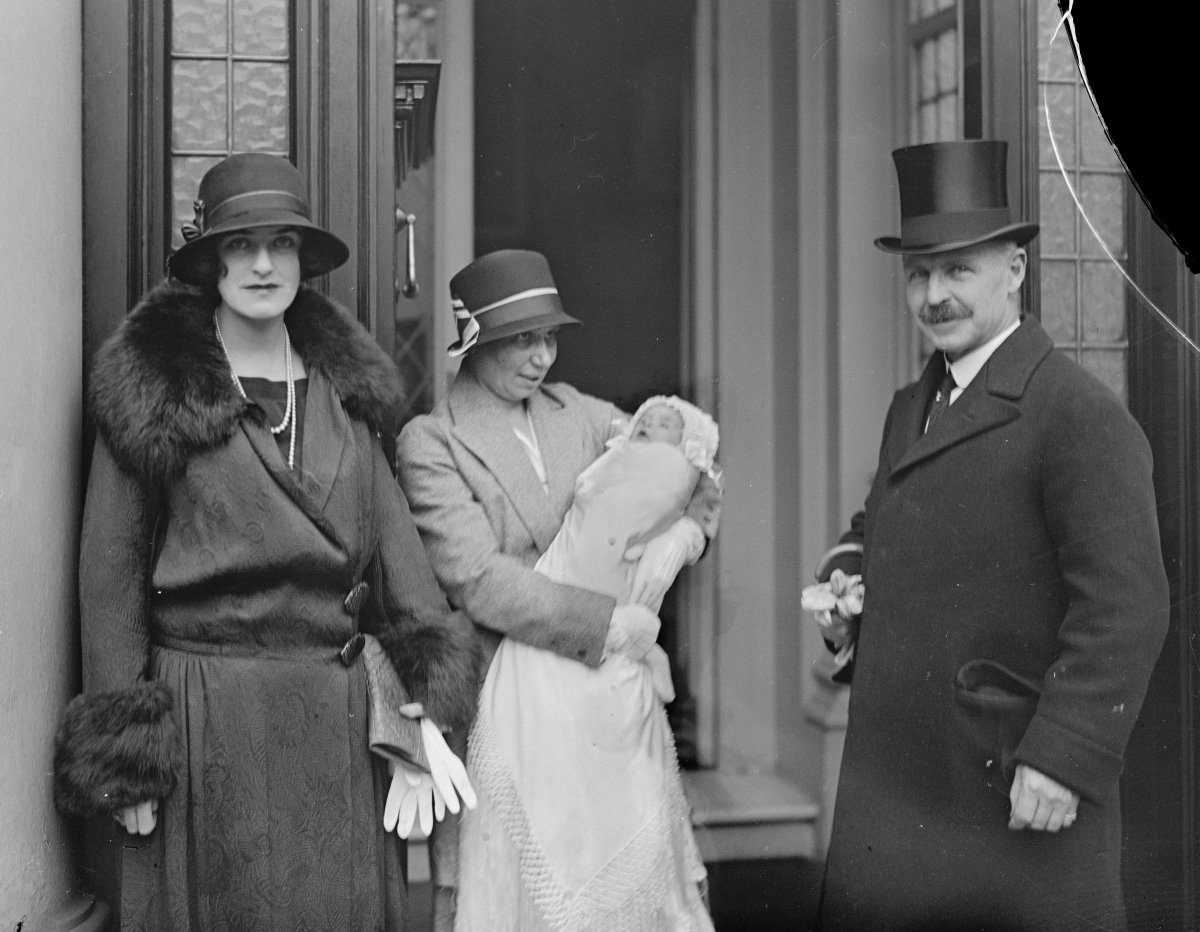
Lady Elizabeth was the first daughter of the 10th Earl of Cavan and his second wife, Lady Joan Byng, who was a daughter of the 5th Earl of Strafford. Both of her parents had been married previously and widowed. The Earl’s first wife, Caroline, passed away in 1920, and Lady Joan’s first husband, the Hon. Edward Mullholland, died while serving with the Irish Guards in the Battle of Ypres in November 1914. The couple had only been married for a year, and Lady Joan was pregnant with their only daughter, Daphne, when her husband was killed.
Lord Cavan was also a military man. He had been promoted up the ranks of the Grenadier Guards while serving in both the Second Boer War and World War I. Cavan was appointed Chief of the Imperial General Staff of the British Army in 1922. Later the same year, he married Lady Joan in a glittering ceremony in London that was attended by the Prince of Wales (later King Edward VIII, later Duke of Windsor). He became a stepfather to seven-year-old Daphne, and the Cavans together added two more daughters, Lady Elizabeth and Lady Joanna Lambart, to complete their family. Lady Elizabeth Mary, named for Princess Mary, was born in 1924 and christened that November with both Queen Mary and Princess Mary as godmothers. Lady Joanna followed, completing the trio of sisters, in 1929. Her godparents included the Duchess of York.

In 1927, Lord and Lady Cavan were tapped to accompany the Duke and Duchess of York on their marathon royal tour of Australia. Little Lady Elizabeth had something in common with her royal counterpart, Princess Elizabeth: both were left behind at home in the care of trusted staff members as their parents headed Down Under. The Daily Record called them the “Deserted Elizabeths,” writing in January 1927, “Princess Elizabeth, left behind while her mother and father sail for Australia, has a ‘companion in distress’ in the person of another little Elizabeth–Lady Elizabeth Lambart, daughter of the Earl and Countess of Cavan. Lord Cavan is acting as the Duke’s Chief of Staff on board the Renown, and Lady Cavan is a Lady-in-Waiting.”
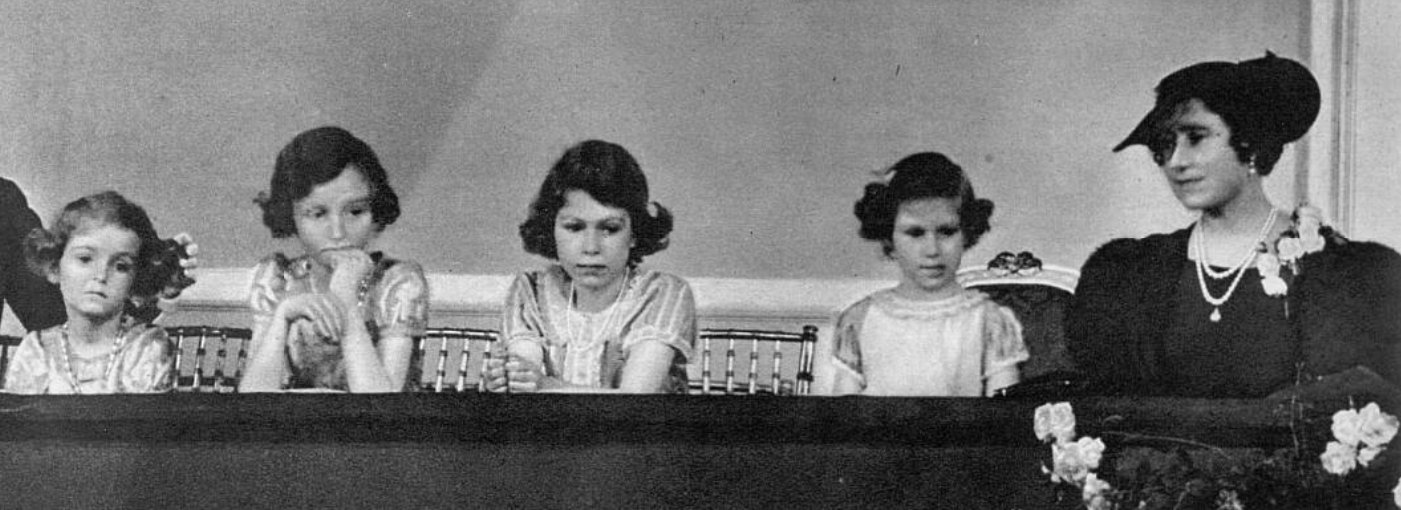
Lady Joan had also served as lady-in-waiting to another member of the royal family: Princess Mary, the only daughter of King George V and Queen Mary. She also made news in 1919 when she flew over London in an airplane piloted by the Prince of Wales. After the royal tour to Australia had concluded, Joan continued to serve as lady-in-waiting to the Duchess of York. The two women had a great deal in common. Both the daughters of earls, their children were also similar in age.
The Lambart girls were raised around the royal princesses and their relatives, who lived near their home at 47 Hyde Park Gate. They were close friends of Lady Mary Cambridge, one of Queen Mary’s great-nieces. When the Duchess of York decided to hold dancing classes for Princesses Elizabeth and Margaret at the family home in Piccadilly in 1933, Lady Elizabeth and Lady Joanna were tapped to be two of the pupils. They were joined by Lady Mary Cambridge and another royal cousin, Margaret Bowes-Lyon, and one of Princess Elizabeth’s favorite friends, Sonia Graham-Hodgson. Lady Elizabeth went on to study music alongside Princess Elizabeth, while Princess Margaret took music classes with Lady Joanna. When a Girl Guides troop was organized at Buckingham Palace, Princess Elizabeth and Lady Elizabeth were Girl Guides, while Lady Joanna and Princess Margaret were Brownies.
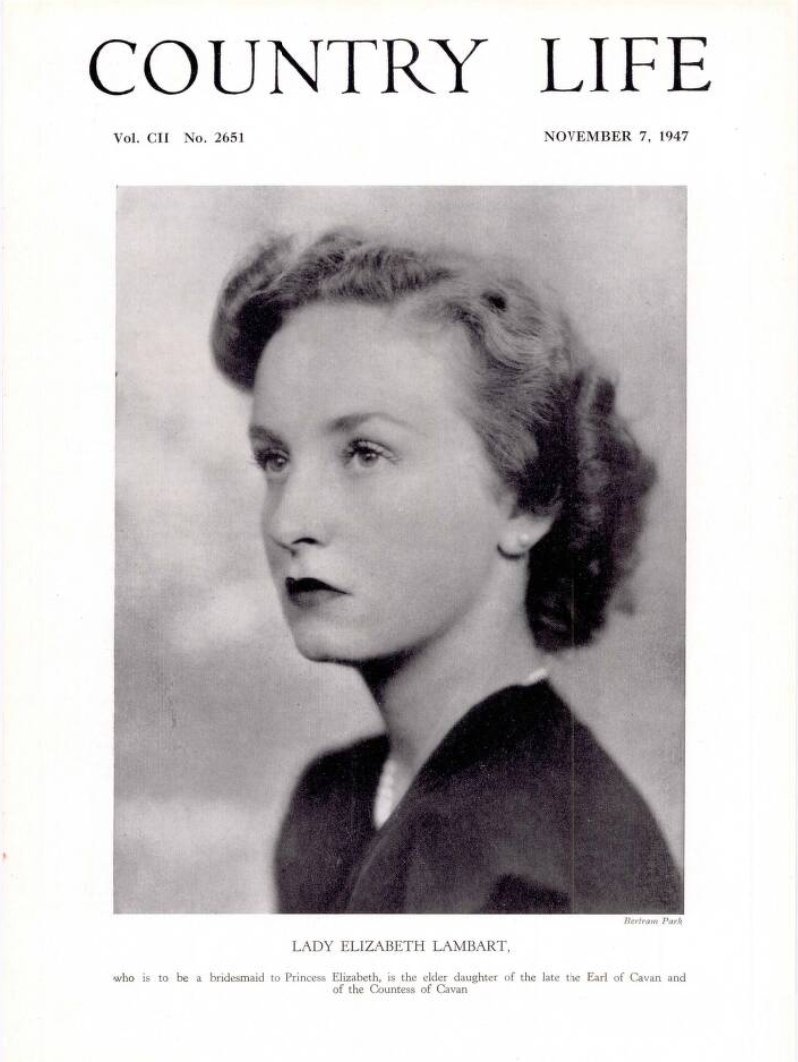
The war put a stop to the carefree childhood of the Lambart girls and their royal friends. The Cavan home in London was bombed during the Blitz, and the family moved to the countryside, where the Earl served as commanding officer of the Hertfordshire Local Defence Volunteers. Lady Elizabeth’s debut took place during the war, in March 1942, and she enrolled at Oxford to study French. Later, she went to work as a secretary at MI-6. The end of the war brought both relief and sorrow. Her father passed away in August 1946 at the age of 80. Because he had only daughters, the Cavan earldom passed to his younger brother, Horace Lambart, who was an Anglican priest.
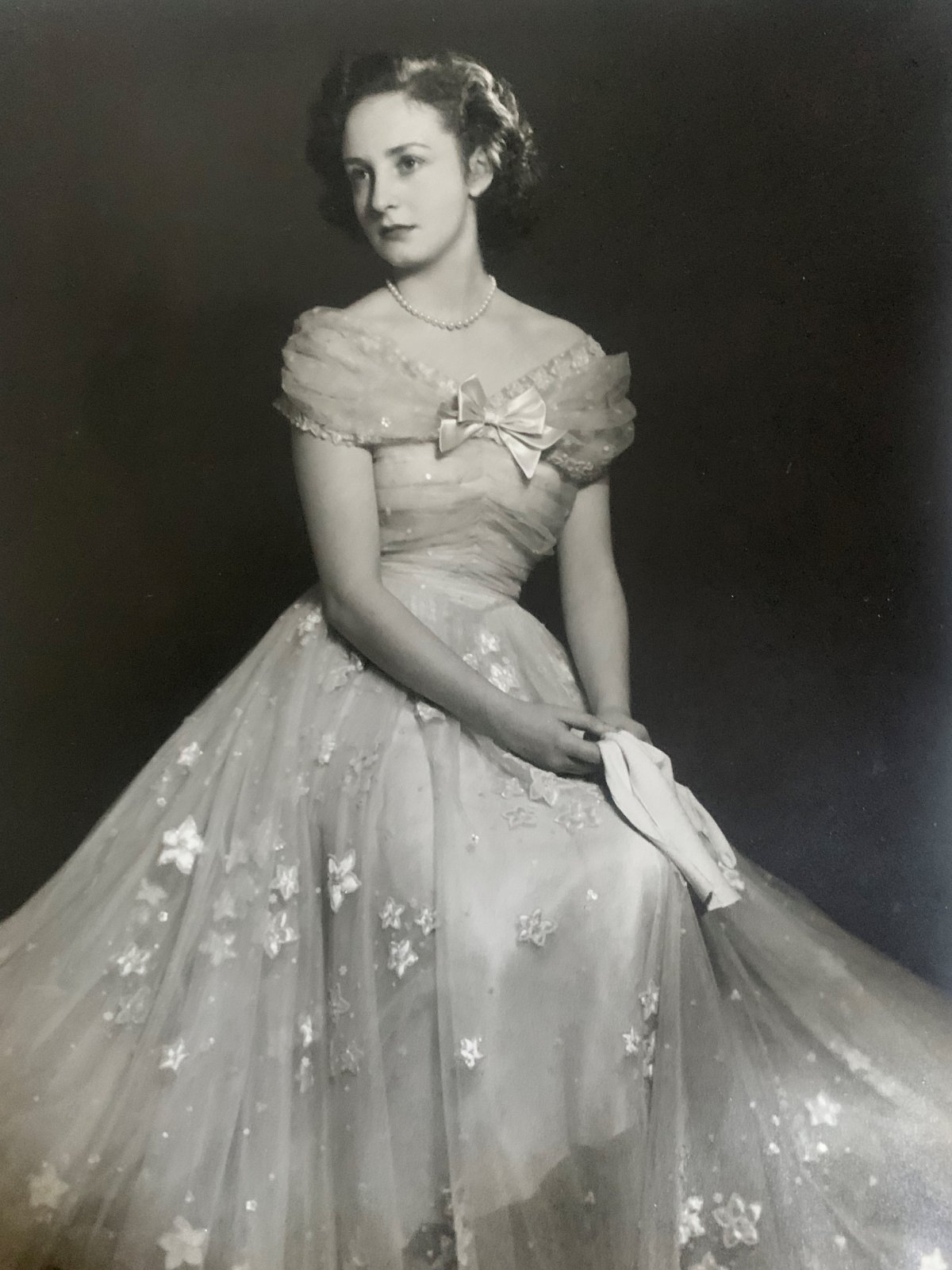
As a well-connected aristocratic girl, Lady Elizabeth had served as a bridesmaid numerous times during her youth. When the wedding plans for Princess Elizabeth and Lieutenant Philip Mountbatten were solidified in the early autumn of 1947, Buckingham Palace announced that Lady Elizabeth would be one of her childhood friend’s eight bridesmaids. All of the bridesmaids, especially the aristocratic girls, became minor celebrities ahead of the royal wedding. Lady Elizabeth’s portrait was featured in Country Life magazine on November 7.
Above, Lady Elizabeth poses for an elegant portrait wearing her bridesmaid gown and a string of pearls. She rarely discussed the royal wedding, though she did once recall the way that Prince Philip handed out gifts of silver compacts to the eight young women in the bridal party. “He dealt them out like playing cards,” she recalled.
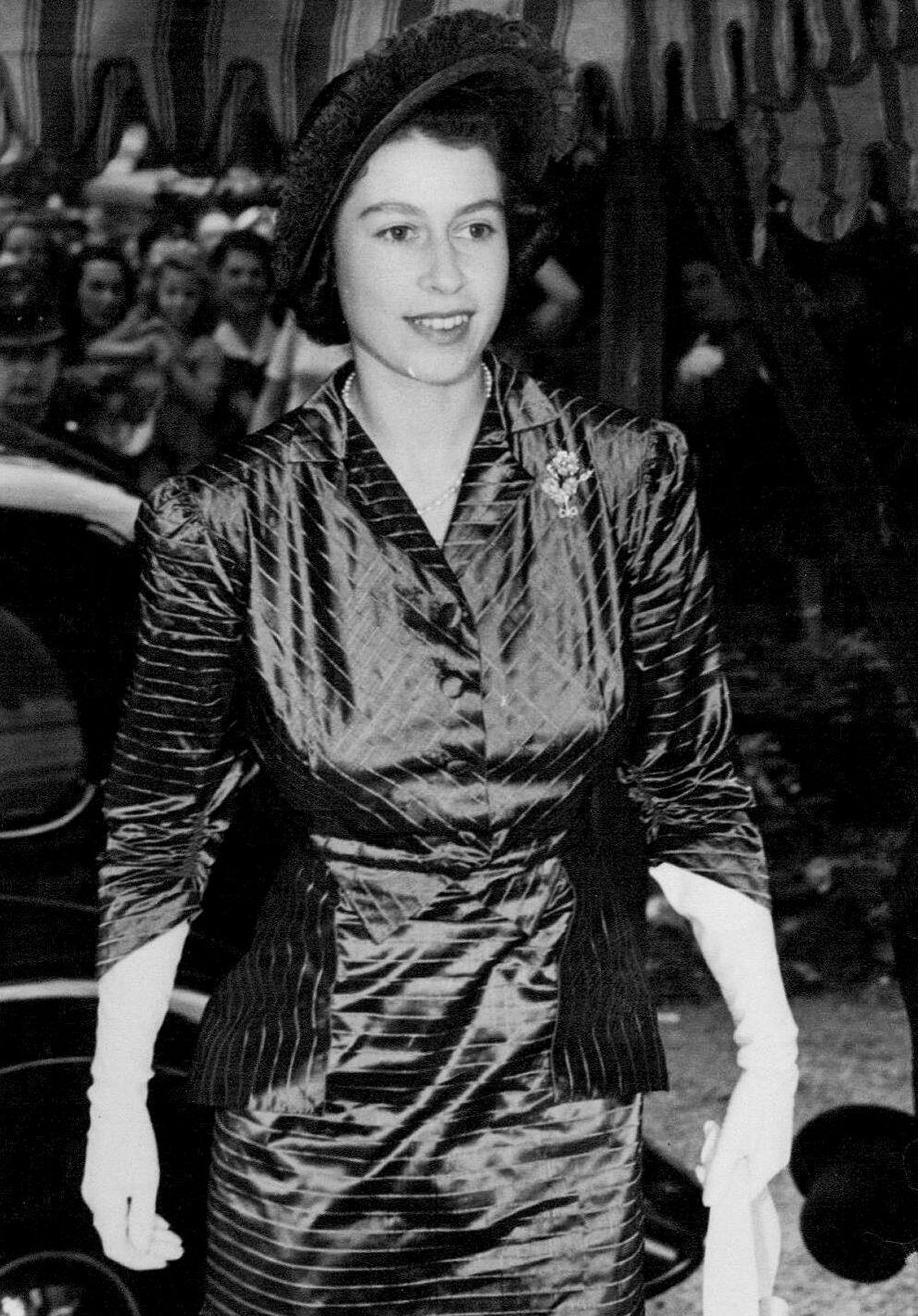
Nearly two years after Princess Elizabeth and Prince Philip’s wedding, Lady Elizabeth was married as well. After the war, she’d taken a job working as a secretary in the sales department at Longman Publishing in London, the firm most famous for publishing Gray’s Anatomy. There, she embarked on a romance with one of the company’s directors, 32-year-old Mark Kerr Longman. They weren’t just work acquaintances–they were also second cousins, both great-grandchildren of the Admiral Lord Frederick Herbert Kerr.
Mark and Lady Elizabeth were married at St. Peter’s Church, Eaton Square in July 1949, in a ceremony attended by Princess Elizabeth (pictured above, wearing the Vanguard Rose Brooch), Queen Elizabeth, Princess Margaret, and the Princess Royal. The couple would go on to have three daughters and travel the world before Mark’s early death after an illness in 1972.
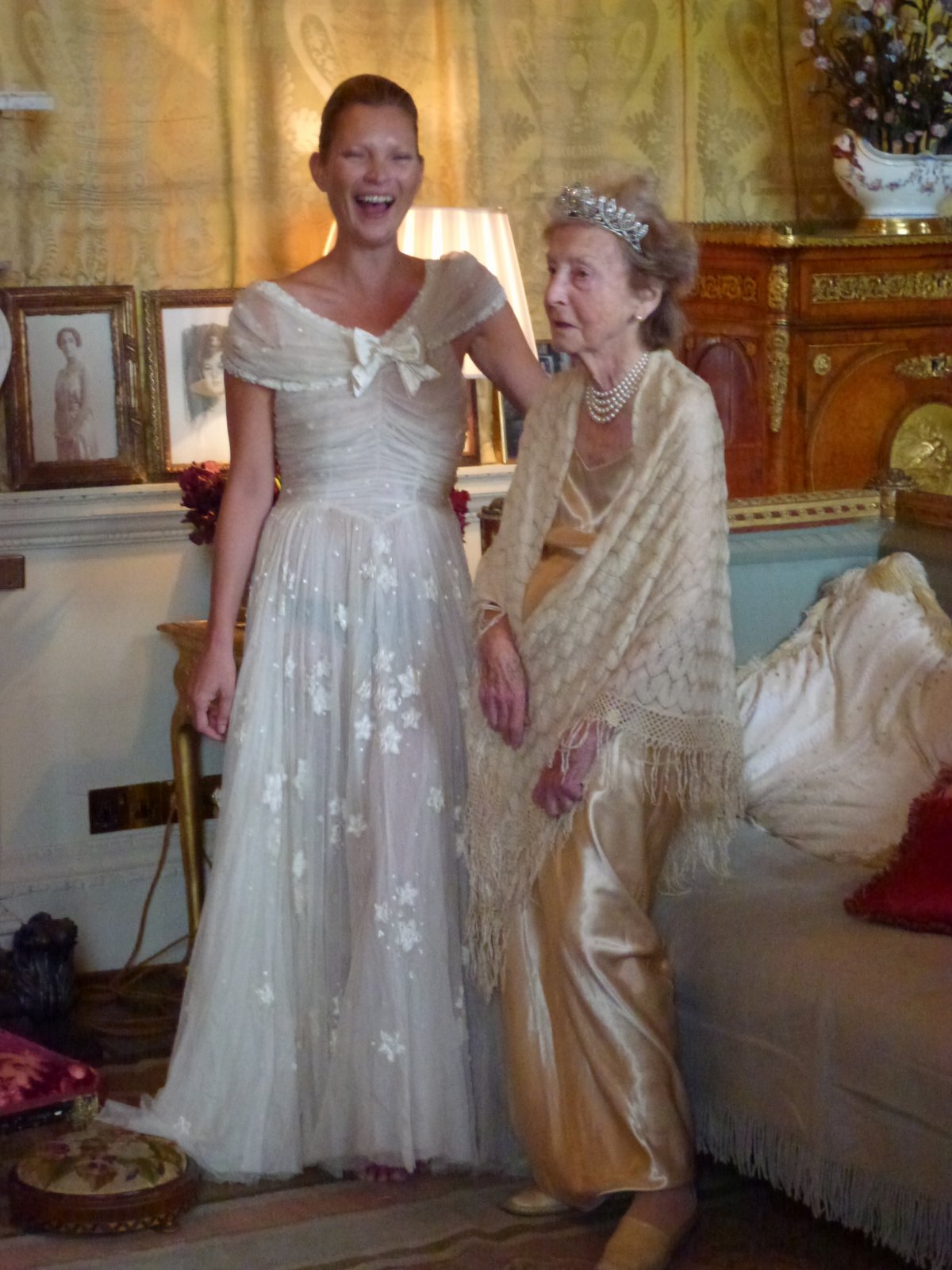
Lady Elizabeth’s family grew to include numerous grandchildren, including the present Countess of Durham and Marchioness of Cholmondeley. She was staying with the latter at Houghton Hall in Norfolk in 2012 when photographers from Love magazine came to use the house for a photoshoot with the model Kate Moss. During the shoot, Lady Elizabeth gave Moss permission to try on her famous bridesmaid dress. Above, Kate poses in the dress beside Lady Elizabeth, who wears a golden gown and shawl with pearls and a diamond tiara from her own collection.
Four years later, in December 2016, Lady Elizabeth passed away at the age of 92. Her death came just a few days after the passing of another bridesmaid from the 1947 royal wedding, the Hon. Margaret Elphinstone. Today, just two bridesmaids survive: 87-year-old Princess Alexandra, the Hon. Lady Ogilvy and 95-year-old Lady Pamela Hicks.

Lady Elizabeth’s bridesmaid dress will be offered for sale at Christie’s in London on Tuesday, July 2. It’s intended to be one of the spotlight moments of the auction house’s Classic Week, headlining an auction that they’re calling “The Exceptional Sale.” Their current estimate for the piece is set at £30,000-50,000 (or around $38,000-$64,000 USD).
Leave a Reply
You must be logged in to post a comment.